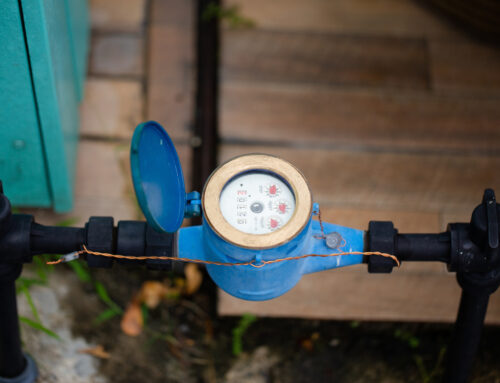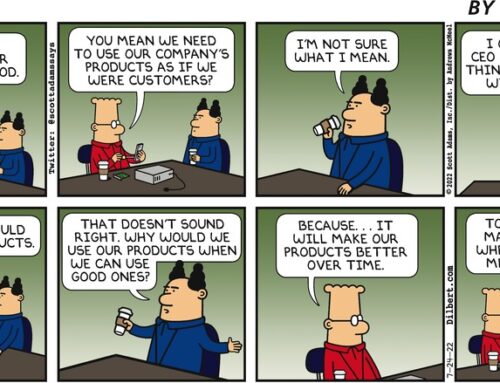 Will an Asset Management Program Work for You?
Will an Asset Management Program Work for You?
It feels like no matter the time of year, most of us are reviewing our businesses to learn where we are growing or declining, and determining what we need to improve. Whether you’re experiencing the best or worst year ever, all businesses either need to improve efficiency or reduce costs (or both). In times like these, having the right people and resources in place can make or break your organization. It may be the time to consider an asset management program.
Asset management program software is a good example of a valuable cost-cutting solution. Maybe you think Asset Management programs are only for businesses with very large IT departments, well, the world of asset management has changed. Corporations, small businesses, and Municipalities are realizing what an essential tool Asset Management Software is for growth.
Why do you need to know your current asset investments?
Because understanding the value of an asset helps you make good decisions about the best way to operate, maintain, or replace your assets.
Do you know?
• When were assets purchased and deployed?
• Where are they located?
• Repairs, service outages and who, what, when, where, and why service was performed?
An Asset Management program has many facets, but it’s useful to determine your current asset investment.
Establishing the current replacement cost for each asset type within your organization is a road-map towards determining replacement value of each asset.
Answer these questions.
• How long before you need to replace an asset?
• How much money should you put aside per year to fund replacements?
• What is the current asset worth (depreciated value)?
• Should you keep repairing it or should you replace it?
• When is the best time to replace it?
You must know your O&M (operations and maintenance) costs.
Operational costs relate to any activity necessary to operate or provide service to assets, maintenance costs, however, relate to the cost of physical repair work to assets.
What are some examples of operational costs?
• Pipe cleaning, chemical lubricants, and parts replacement
• Labor costs to inspect and do routine tasks such as servicing pumps or engines
What are some examples of maintenance costs?
• Sealing cracks, re-surfacing, and replacing broken parts
The primary reason for using an Asset Management program to track operations and maintenance costs is to save money. Because, as time marches on, assets age and the cost of maintenance repairs increases. You need to know when it’s more economical to replace assets versus repairing them. Call Novo Solutions today for more information on our Asset Management program.



